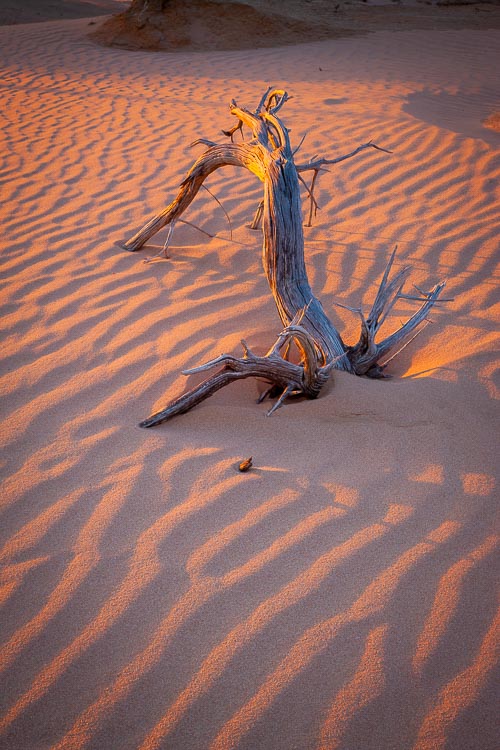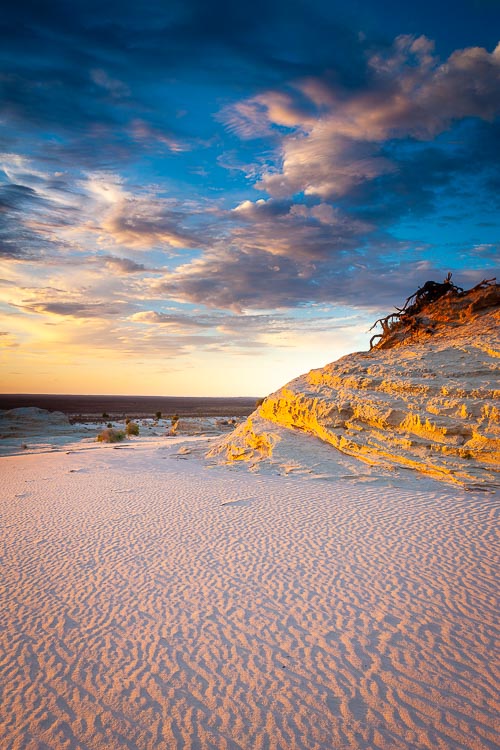Mungo National Park is a unique destination. A place of great natural beauty, rich history, and deep cultural significance.
History of Mungo
Mungo National Park is one of the most important archaeological sites in Australia, with a rich history dating back tens of thousands of years. The park is home to the Mungo Lady and Mungo Man, two of the oldest human remains ever discovered in Australia. These discoveries have helped to shed light on the early history of human occupation in Australia and have provided insights into the cultural practices of Australia's first peoples.
 31394 Walls of China
31394 Walls of China
Aboriginal Significance
Mungo National Park holds a special place in the hearts and minds of Australia's Indigenous peoples. The park is located on the traditional lands of the Paakantyi people, and its cultural and spiritual significance is deeply ingrained in the local community. Visitors are encouraged to learn about the park's rich cultural history, including its traditional use and management, as well as its spiritual and mythological significance.
 31407 Silent Witness
31407 Silent Witness 69532 Ancient Lakes
69532 Ancient Lakes
Highlights for Visitors
-
Explore the stunning landscapes of Mungo National Park, including its ancient sand dunes, rich wetlands, and stunning deserts.
-
Learn about the park's rich history, including its archaeological and cultural significance, at the Mungo Visitor Centre
-
Take a guided tour of the park, including the Walls of China, an ancient sand dune system, and the
Main Area, where the Mungo Lady and Mungo Man were discovered.
- Enjoy a picnic or barbeque in one of the park's many picnic areas, or camp overnight and witness the stunning outback stars.
-
Participate in a ranger-led activity, such as a guided walk or stargazing experience, and learn more about the park's ecology and wildlife.